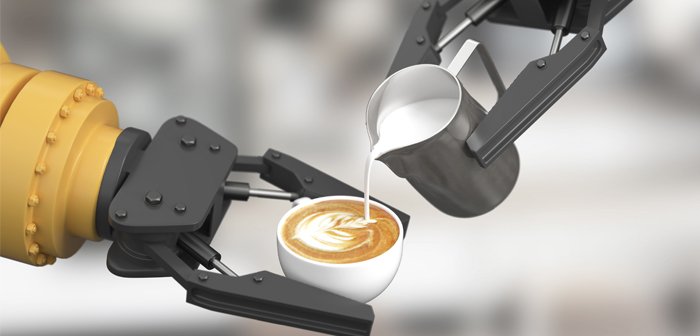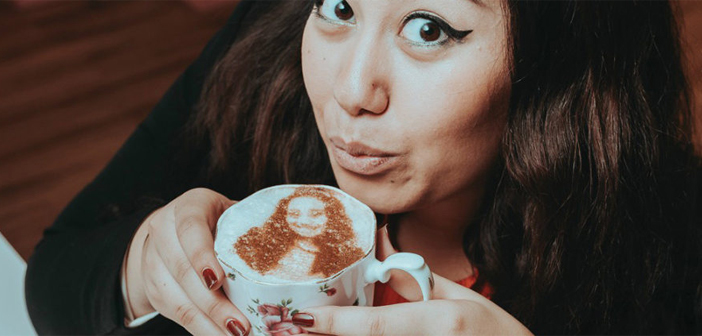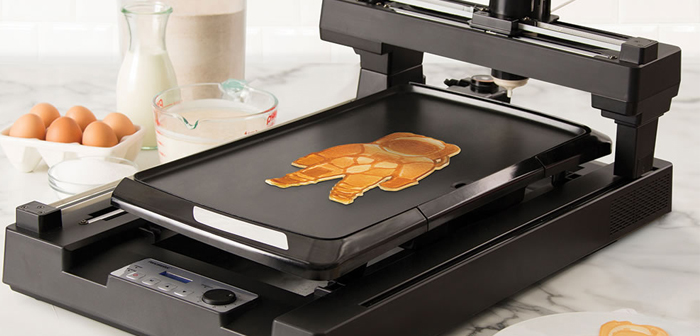Today, most restaurants have a website. The only ones that don't have it are out-of-network or out-of-network sites and those that have a very local clientele and don't need it.
Most of the places with an online presence know that both the design and the use of the web must be 100% optimal, with a desired UX level.
It must be borne in mind that the website of a restaurant is the online showcase of a business, so having it optimized is very important for its proper functioning.
Online reservations on the rise:
It is proven that more than 30% of restaurant reservations are made online. And the websites of specific restaurants, account for 57% in the search of users, so we think that it is a high percentage and reason enough to ask if our website is fully optimized and is attractive enough to get more customers.
Essential on a restaurant website:
It is not worth having just any website, having an unattractive or poorly functional website will only give you a bad reputation. Improving the user experience will make the website of your restaurant better its results. These are the 5 guidelines that your website must comply with:
1. Take care of the design:
The ideal is to entrust the design of your website to someone specialized, so that they can make a website according to your needs, but at the same time, it can be constantly updated, in a simple way, by someone from the same restaurant, for this, the web needs a content manager such as WordPress.
It is also convenient to think about the corporate colors and the theme of the restaurant, so that both things fit perfectly. A website that fails this part will make users lose interest in it.
2. Content is vital:
The website of a restaurant must have a content strategy. You have to take care of the messages to attract customers, the names of the dishes must be original and create new experiences.
3. Online reservations:
Most of the online reservations are made through the mobile, so our website must be responsive, so that your navigation adjusts to any device.
4. Don't forget about SEO:
SEO or web positioning is very important, its purpose is to try to make the web appear in the first pages of Google with the search terms that interest the restaurant.
5. The importance of a blog:
Including a blog on the web is one of the best tools to attract more visits and build customer loyalty. In addition, it can position our restaurant as a good benchmark in the sector.





